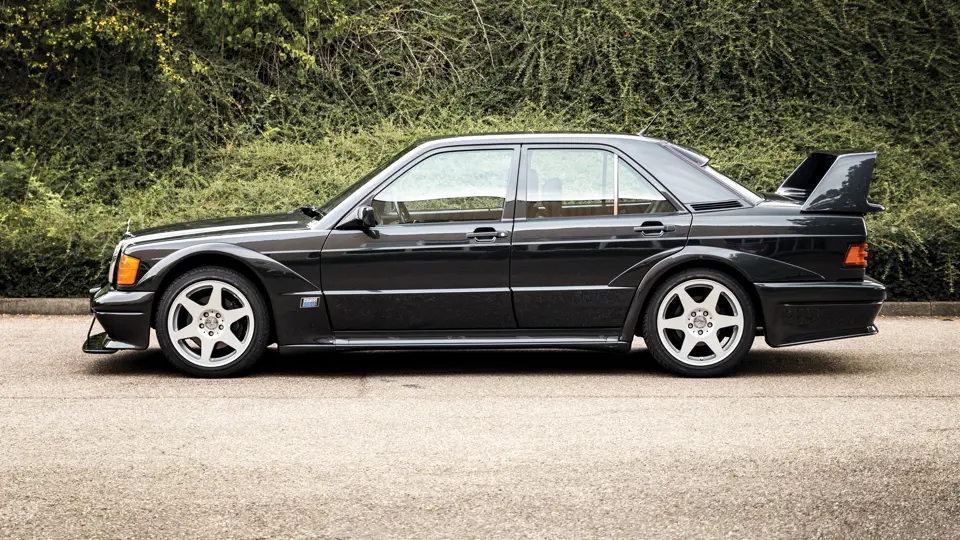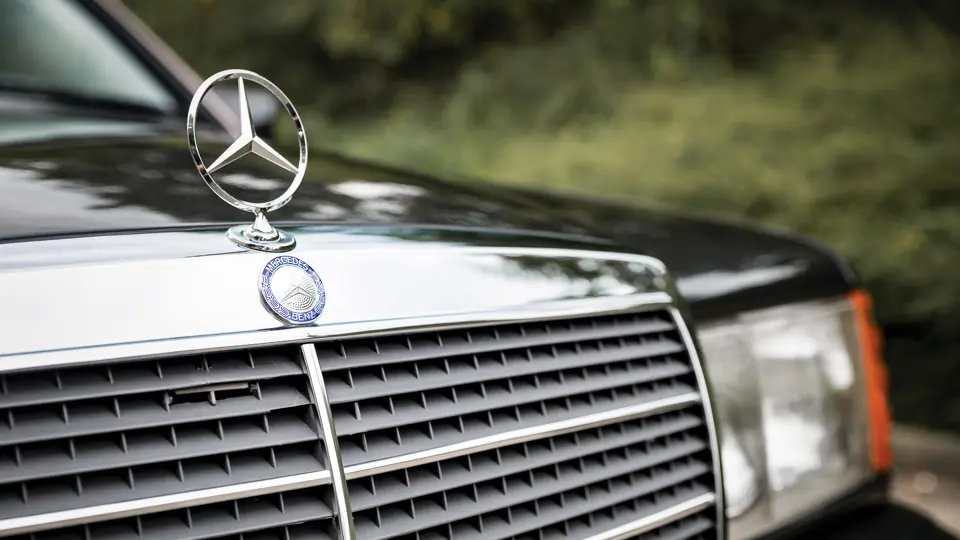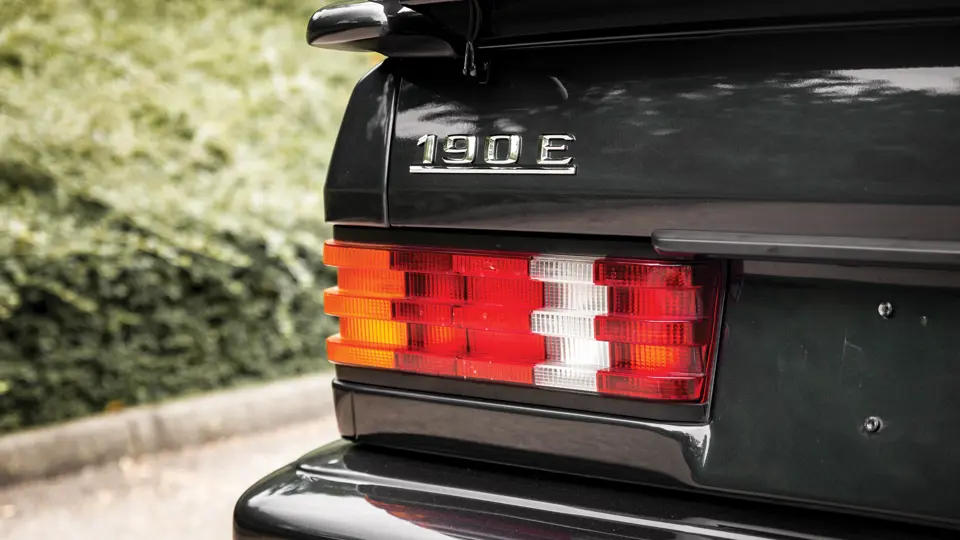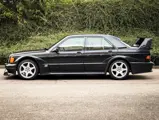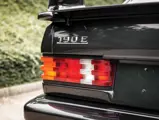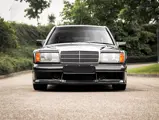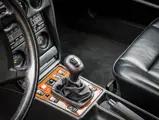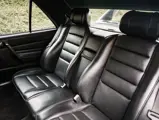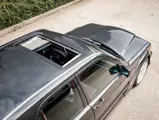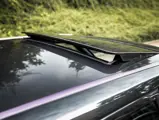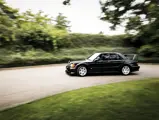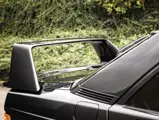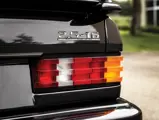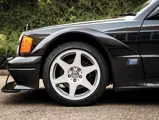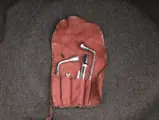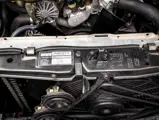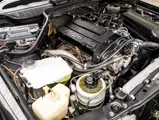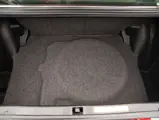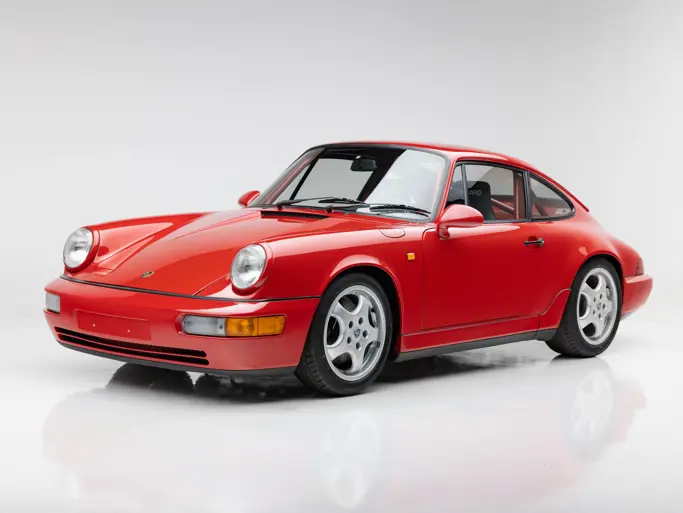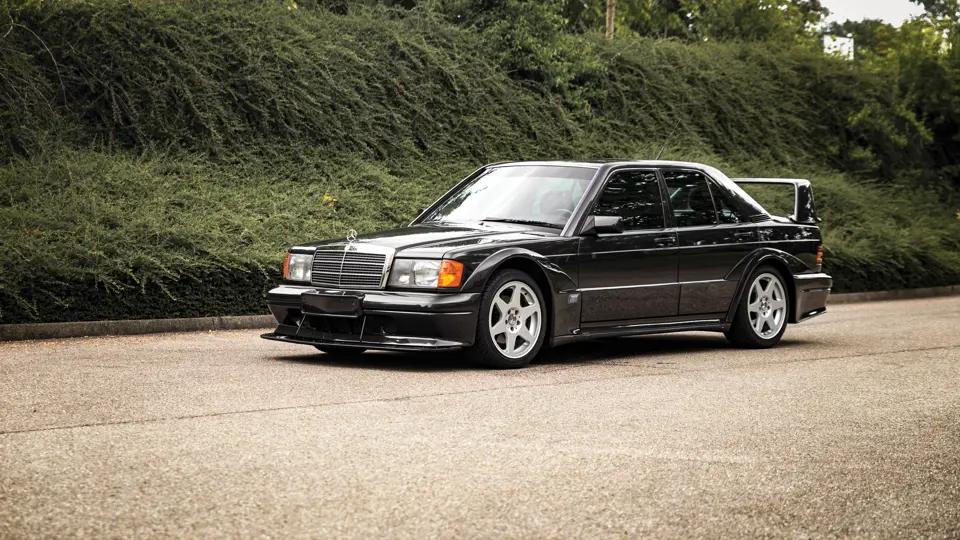
1990 Mercedes-Benz 190 E 2.5-16 Evolution II
{{lr.item.text}}
£135,000 - £160,000 GBP | Not Sold
{{bidding.lot.reserveStatusFormatted}}
- One of just 502 Cosworth-powered homologation specials
- One of the most successful DTM race cars, winning the title three years running
- Equipped with desirable factory options
Born through intense competition with BMW’s M3, the Mercedes-Benz 190 E 2.3-16 was the result of a partnership between famed engineering firm Cosworth and Mercedes-Benz. The W201 chassis was beefed up with larger anti-roll bars, harder bushings, limited-slip differential, quicker dampers and a faster steering ratio. Getrag provided the five-speed dogleg gearbox to ensure fast and easy gear selection. Cosworth took the standard 2.3-liter 8-valve engine and fitted a light alloy cylinder head, dual-overhead cams and four valves per cylinder. Continued development resulted in an increase in engine displacement to 2.5 litres in 1988 and the Evolution variants of the 190 Cosworth.
The initial Evo model overhauled the platform into a thoroughbred racer by installing a tuned version of the 2.5-liter motor. A higher rev limit, larger brakes and improved tyres meant the Evolution accelerated and stopped better than ever before. Further enhancements included wider front and rear tracks, stiffer adjustable suspension and revised bodywork. For the Evo II model, the engineers squeezed out more power to an impressive 235 hp. Brembo four-piston callipers were quick to bring the car to a rest. The true highlight of the Evo II is the aero kit that features a towering rear spoiler, imposing fender flairs and an even more aggressive front splitter.
Completed in April 1990 and delivered that month to Mercedes-Benz in Aachen, Germany, this Evo II boasted a range of desirable options, as detailed on the accompanying Mercedes-Benz build sheet. These options included a blue-black metallic exterior and anthracite leather interior, an electric sliding sunroof, air conditioning, rear-mounted loud speakers, fire extinguisher and heated front seats. Whilst retaining its race car looks on the exterior, this Evo II remains a focused car with a welcoming cockpit. After spending its early years in Germany, this Evo II then made its way to Japan in 1997, where it would remain until 2014. Accompanying this Evo II is Japanese documentation detailing a continuous ownership history in the country until the car’s ultimate return to Germany in 2014, where it was sold to a collector, who has displayed this car in his personal collection.
With growing interest in historic motorsport has come renewed interest from collectors in the cars that were homologated in order to allow some of the greatest cars of all time to go racing in the first place. This Evo II ranks among the most visually striking of all the homologation specials and warrants pride of place in any garage.


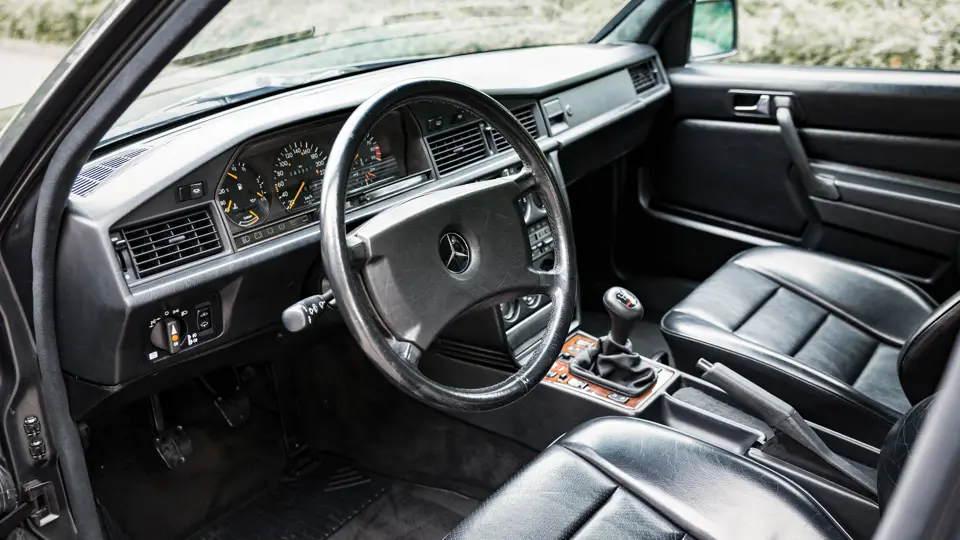



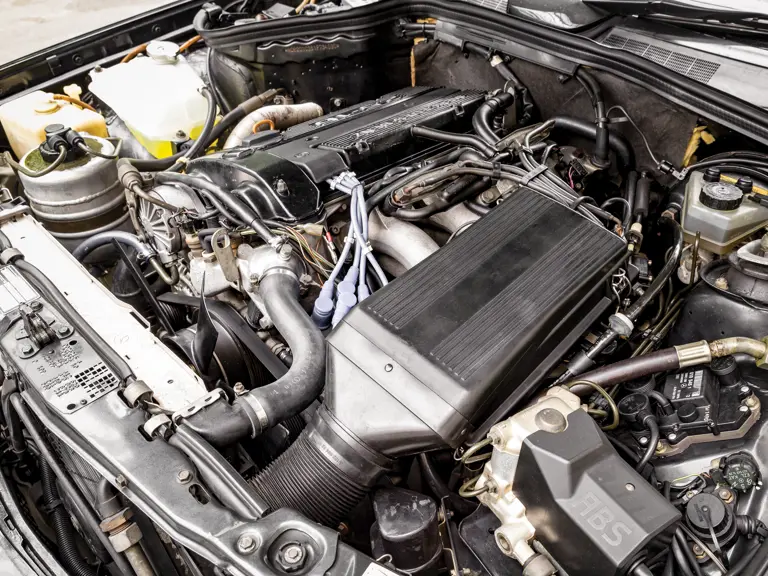

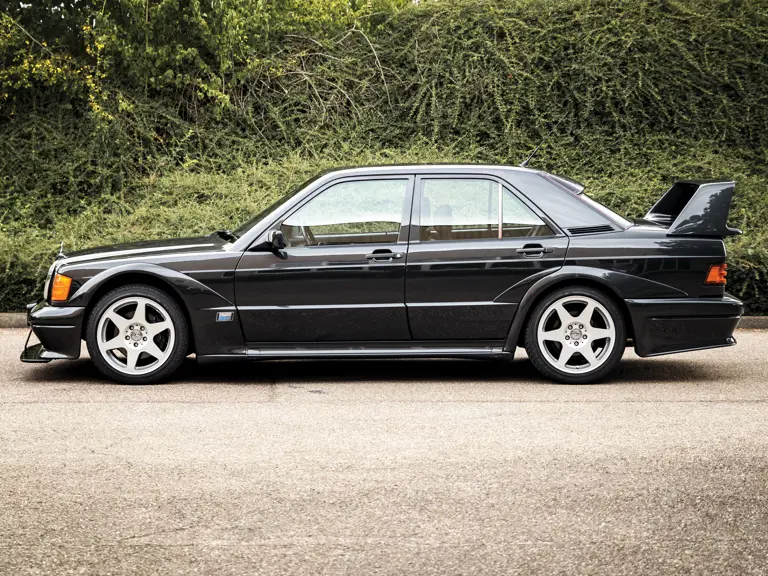




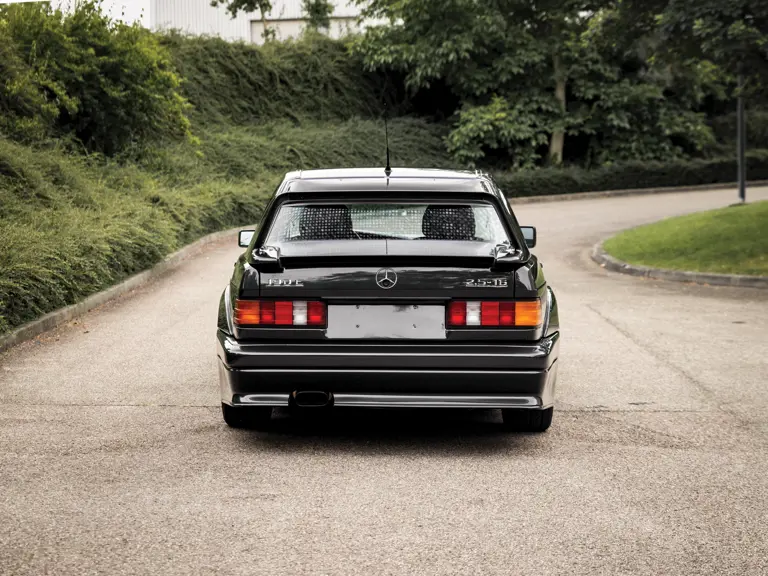


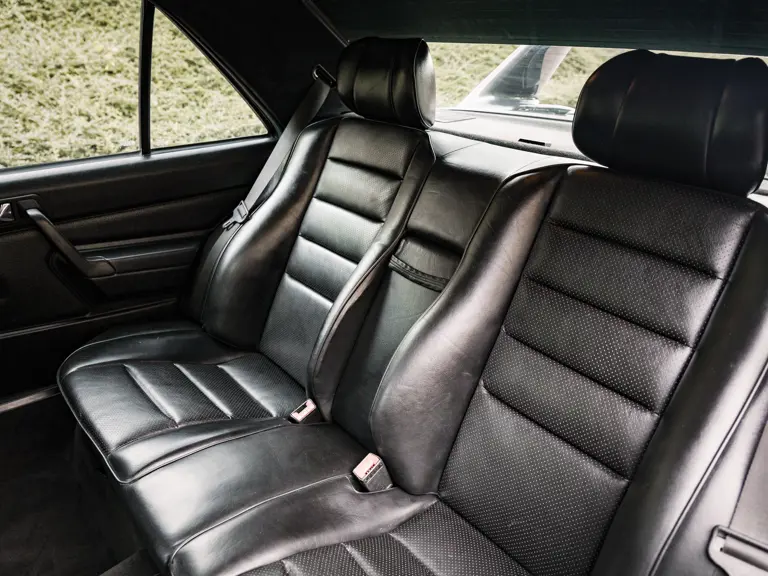
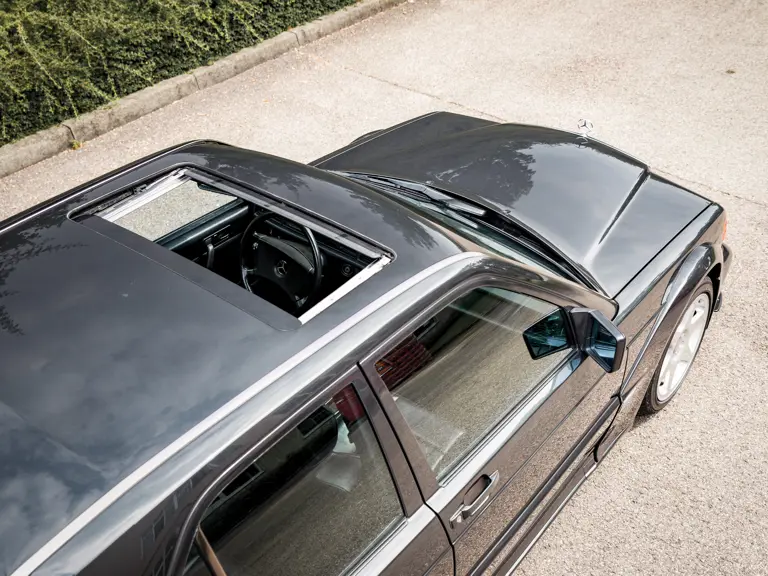

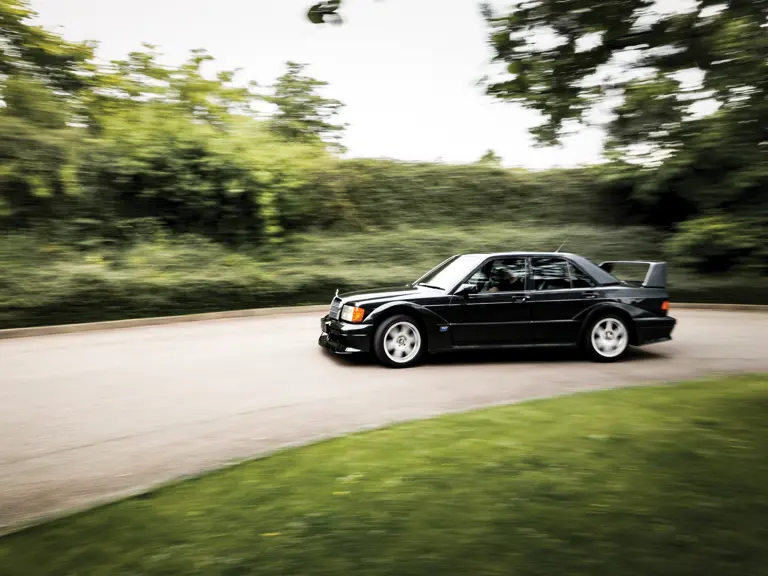
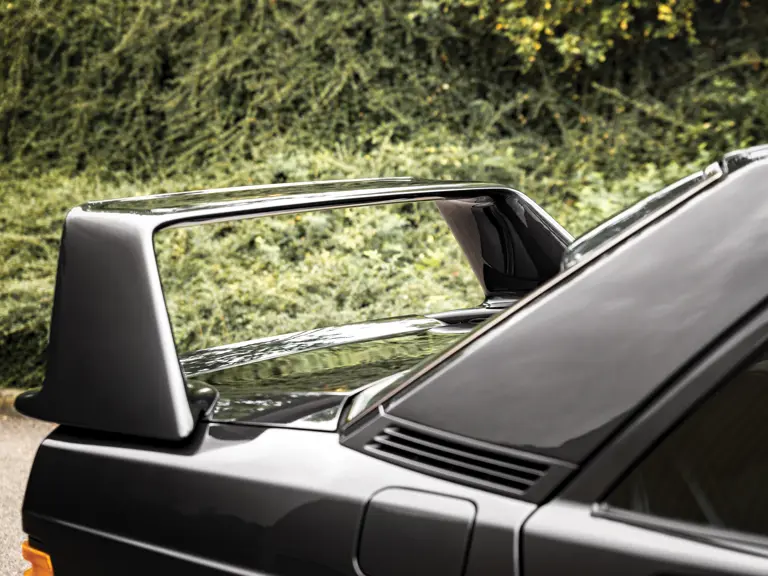

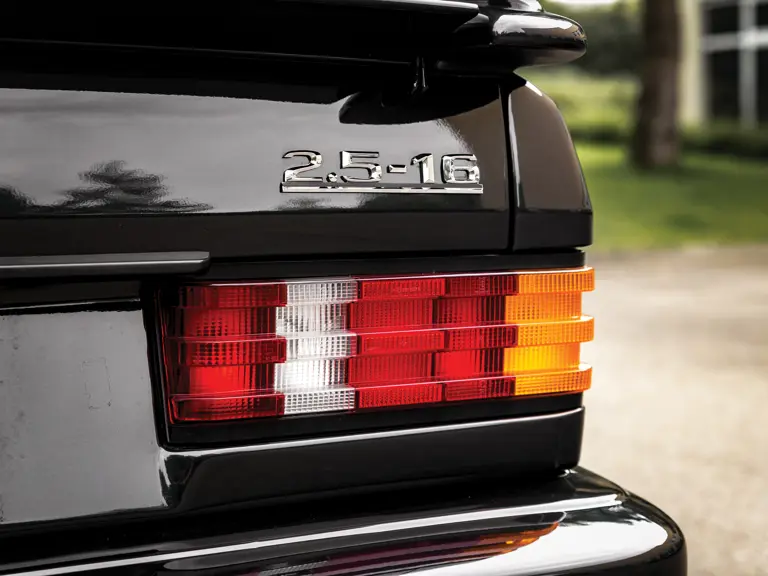
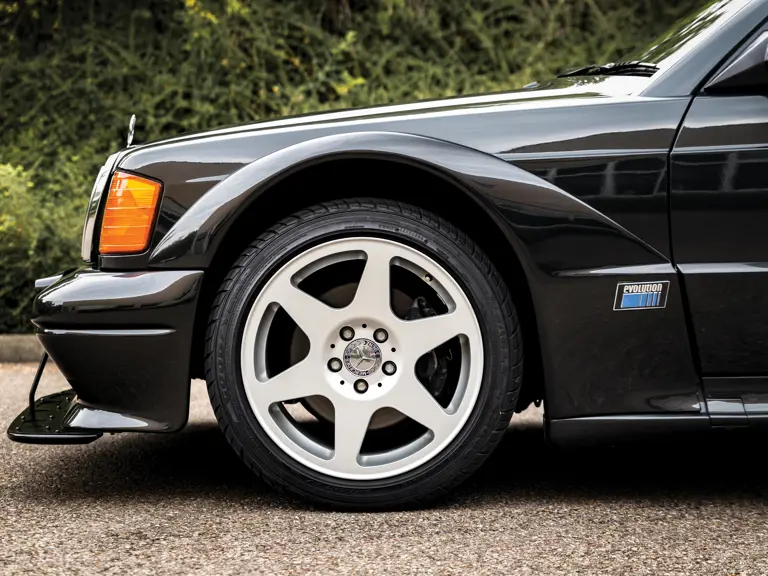
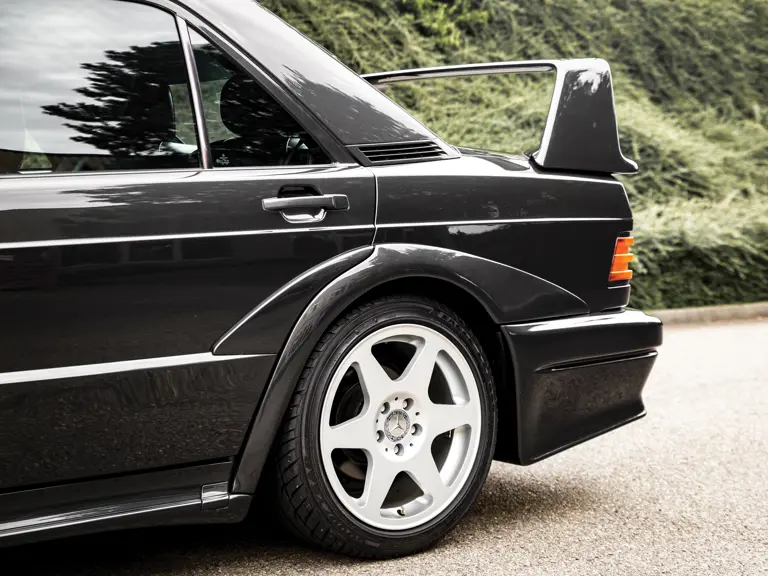
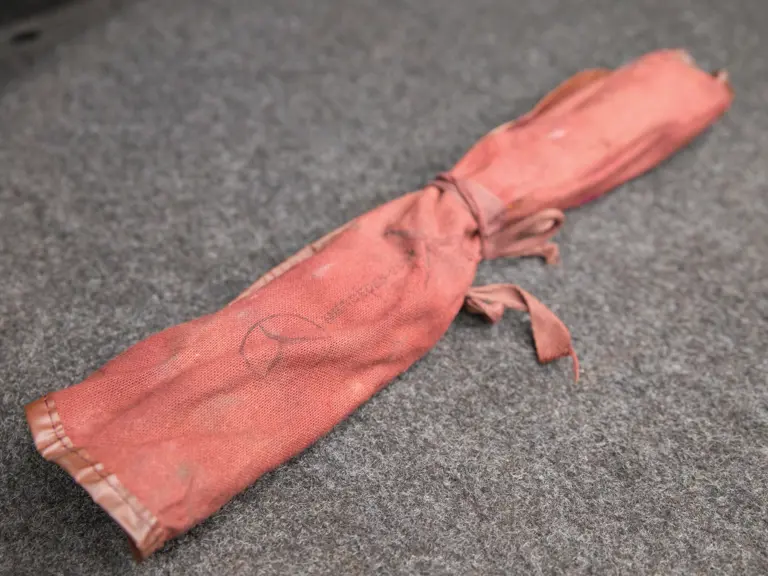
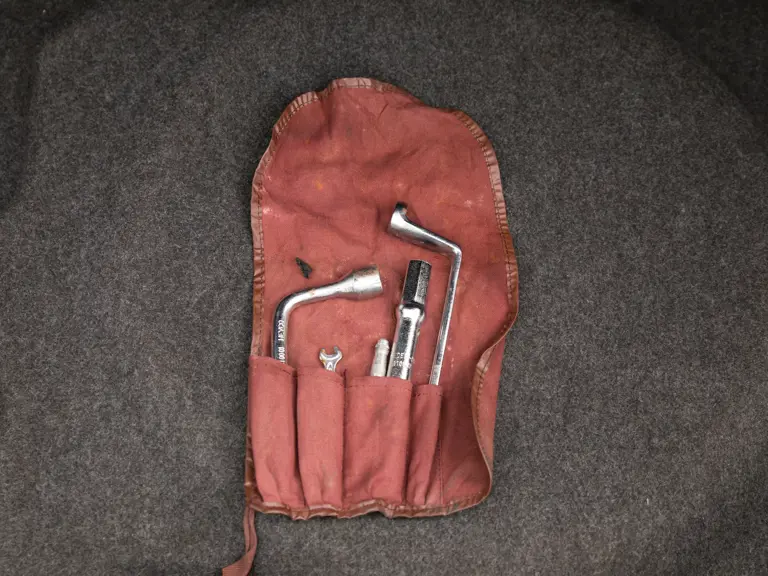
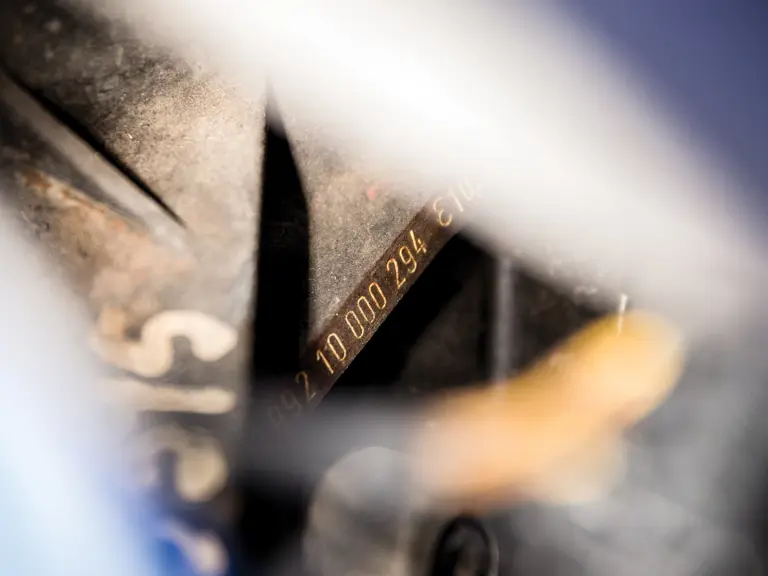
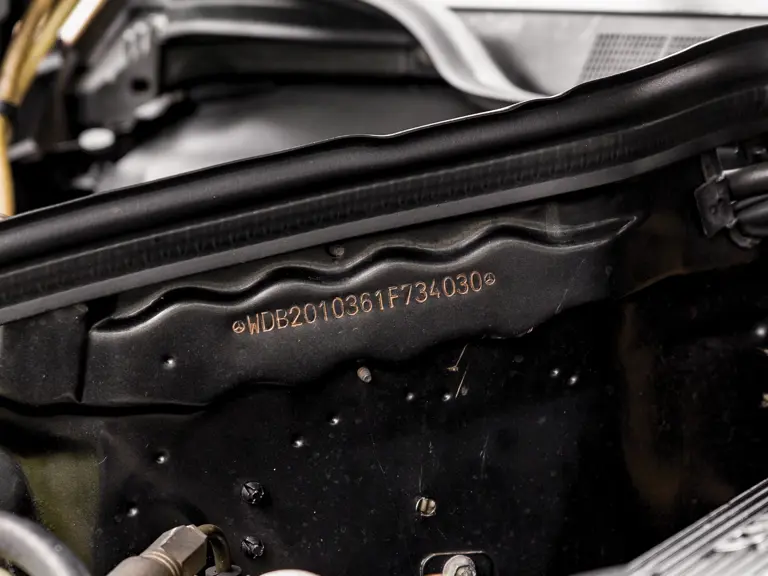
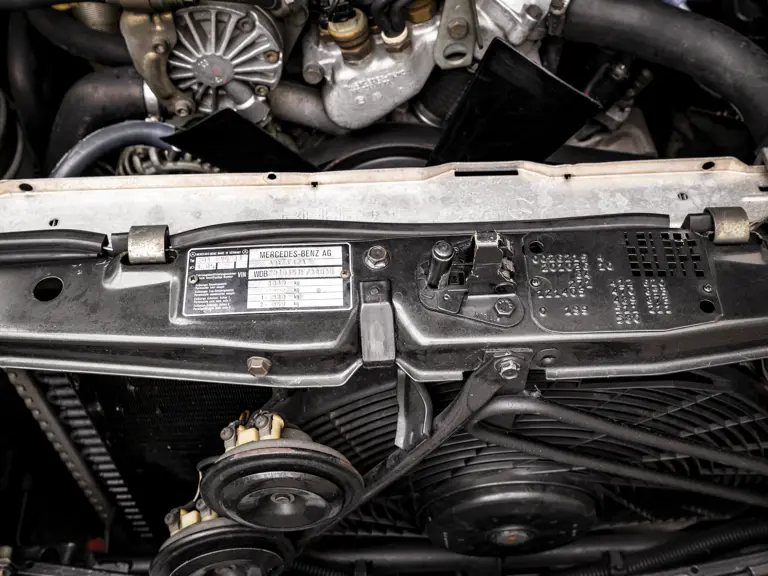
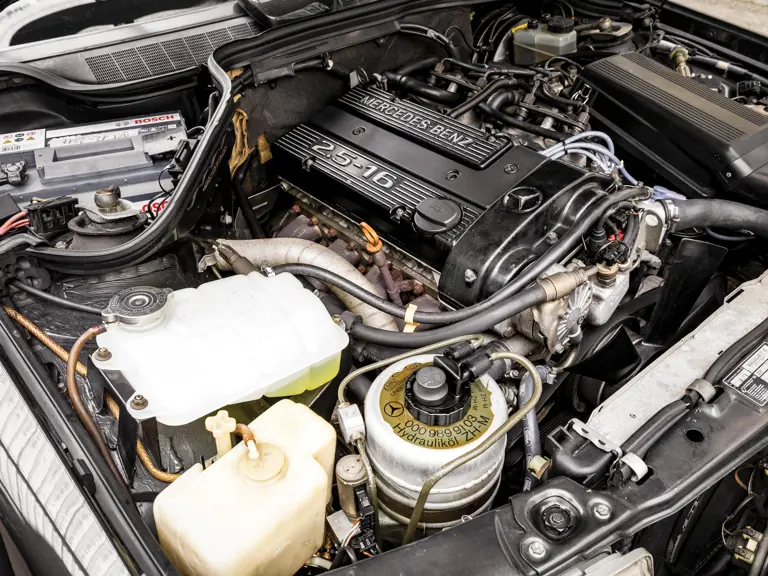

 | London, United Kingdom
| London, United Kingdom
